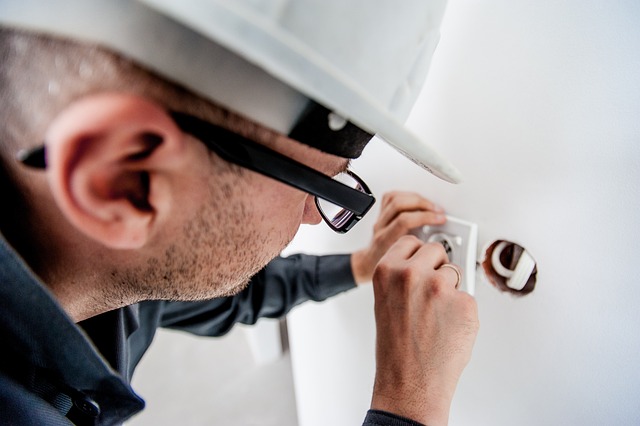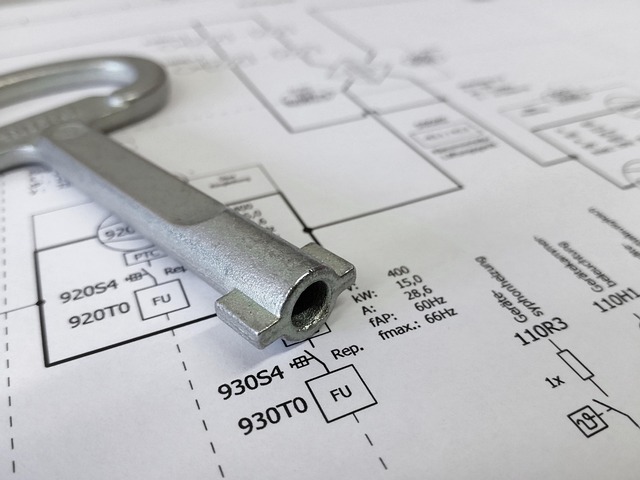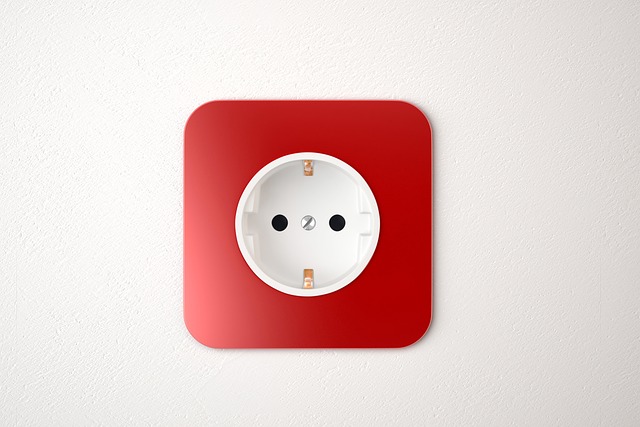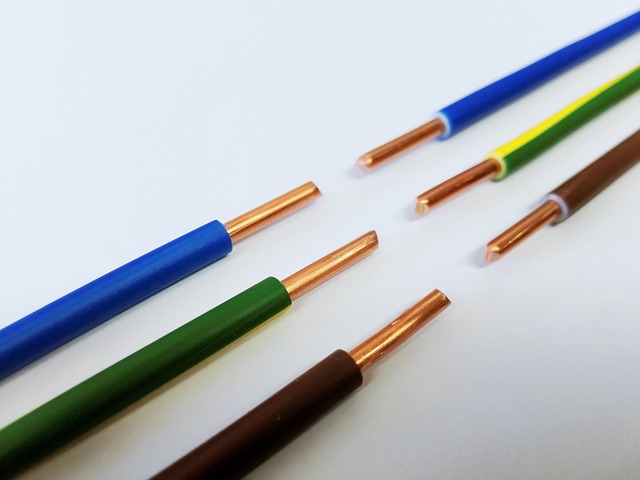Consulting a licensed Electrician is crucial for safe and accurate wiring of new appliances or electronics. They guide on wire types, gauge, and connections, assess home's electrical system, recommend upgrades if needed, and perform work according to safety standards. Prioritize safety by following their recommendations, turning off power at the main panel, using voltage testers, and taking precautions like using insulated wiring and securing connections to prevent hazards like short circuits or fires.
Considering a DIY project to wire new appliances or electronic devices? This comprehensive guide is your go-to resource. From understanding crucial wiring requirements specific to each appliance, to mastering a step-by-step process for seamless integration, we’ve got you covered. Moreover, discover vital safety precautions recommended by professionals to ensure your electrical work adheres to industry standards. Empower yourself with knowledge—dive in and learn from an electrician’s perspective.
- Understanding Wiring Requirements for New Appliances
- Step-by-Step Process for Wiring Electronic Devices
- Common Safety Precautions When Wiring Electrical Appliances
Understanding Wiring Requirements for New Appliances

When installing new appliances or electronic devices, understanding the wiring requirements is essential. Different appliances have varying electrical needs and specifications, so it’s crucial to consult both the device manual and local electrical codes before beginning any installation process. An electrician can provide expert guidance on the appropriate wire types, gauge, and connections needed for each appliance.
Knowing the correct wiring practices ensures safety, prevents damage to devices, and avoids potential hazards like short circuits or fires. Electricians are trained professionals who can assess your home’s electrical system, recommend suitable upgrades if necessary, and perform the wiring work accurately, adhering to safety standards.
Step-by-Step Process for Wiring Electronic Devices

Wiring new appliances and electronic devices requires a systematic approach to ensure safety and functionality. Here’s a step-by-step process guided by an electrician:
1. Plan and Prepare: Identify the electrical outlet or circuit where the device will be connected. Ensure it’s suitable for the device’s power requirements, as overloading can lead to faulty wiring and potential hazards. Gather all necessary tools, including wire strippers, voltage testers, and appropriate gauge wires.
2. Turn Off Power: Before starting any work, turn off the power at the main electrical panel to prevent accidents. Use a voltage tester to confirm that there’s no active current flowing through the circuits you’ll be working on. This safety measure is crucial to protect against electric shock.
Common Safety Precautions When Wiring Electrical Appliances

When wiring new appliances and electronic devices, safety should always be the top priority. It’s crucial to remember that electricity can be extremely dangerous if not handled correctly. As such, it’s recommended to consult a licensed electrician for complex or unfamiliar installations. They have the training and experience to ensure everything is done safely and up to code.
Common precautions include using insulated wires, checking for proper voltage compatibility, and ensuring all connections are secure and properly grounded. It’s also vital to identify and label each wire before beginning the installation process to avoid any confusion or accidental shorts. Additionally, always turn off the power at the main circuit breaker before starting any electrical work.
When wiring new appliances and electronic devices, understanding your specific requirements, following a meticulous step-by-step process, and prioritizing safety are key. By adhering to these guidelines, you can ensure that your electrical installations are both secure and efficient. Remember, for complex or high-risk projects, consulting a qualified electrician is always the best course of action.
